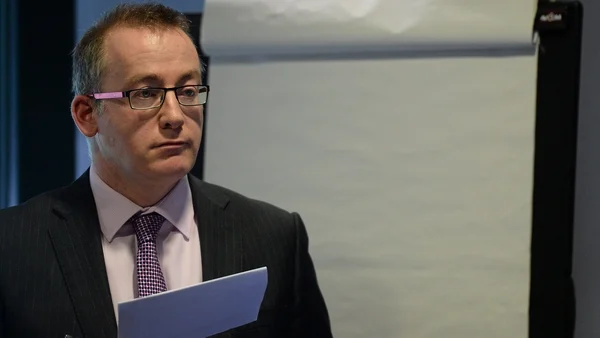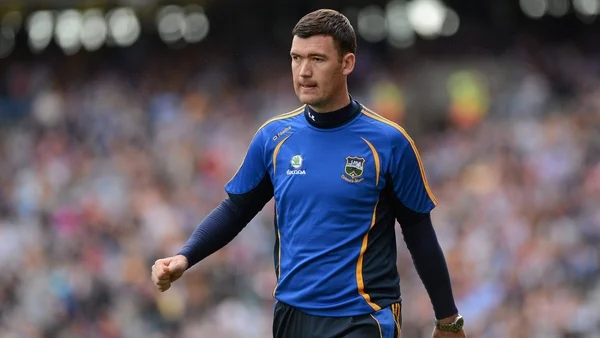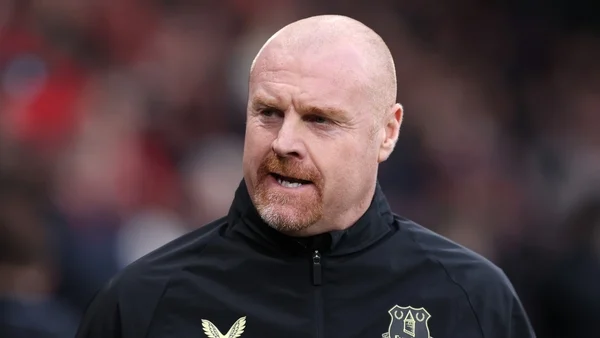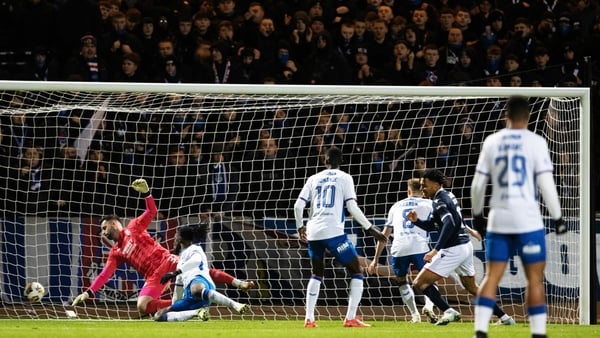Ahead of Friday's Munster GAA Annual Convention, provincial chief executive Kieran Leddy has made the case for an organisational departure from tradition and for the shared use of municipal facilities in urban areas with other sporting bodies.
Such examples currently exist, but the likes of Fethard Town Park in Tipperary which is used by the GAA and the IRFU, remains an exception to the rule.
In his report, before delegates descend on Ballygarry Estate Hotel and Spa in Tralee on Friday, Leddy wrote: "Multisport facilities built by funding from the taxpayer need to include facilities for the playing of Gaelic games.
"In the past, our desire to build our own facilities was very strong, but in the modern world, this is not always practical.
"Land in urban areas is scarce now, so facilities need to take on a multi-sport model.
"So good has the GAA been at providing its own facilities, that local authorities have built municipal facilities that have excluded Gaelic games, simply because the playing areas provided in these municipal facilities is too small to cater for Gaelic games.
"A notion is being peddled that the Government has put far too much money into Gaelic games to the detriment of other sports.
"This is not true. Government funding over the years has been a fraction of what the GAA itself has invested in its own facilities."
Leddy argued that the current county centres of excellence in Munster were built with minimal Government support and have been mainly funded by the GAA.
"Given our past desire to own all our own grounds, we now find ourselves with an ageing inter-county stadium infrastructure, with significant finance needed to maintain these facilities, and a far bigger sum needed to modernise them.
"The cost of the proposed works at Semple Stadium has risen to €8million, and the majority of this work is maintenance related, and won't result in improvements, apart from new seating.
"The Páirc Uí Chaoimh price tag of €100million, while great value when compared to today’s construction costs, has left a crippling debt of €30million, and one thing we know for sure is that GAA games, which return 15% of the gross gate to the host county, won’t go near returning enough money to maintain the ground and pay off the debt.
"The large county grounds are going to present an ongoing challenge for the association, and as I have stated in reports in the past, the GAA needs to embrace the municipal facility model as our own use alone can’t maintain these facilities."
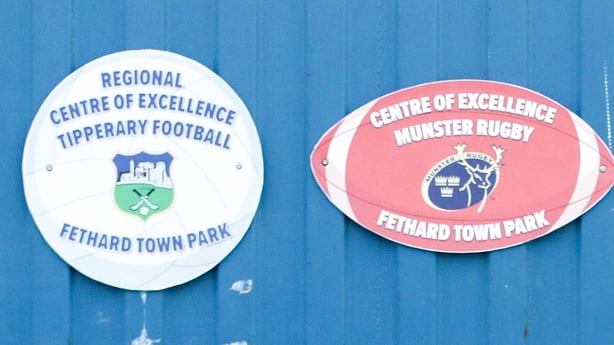
The CEO added that the Large Scale Sport Infrastructure Fund has been a welcome development and will assist all organisations in the provision of facilities.
However, he said that multi-sport municipal facilities, which must form a key part of an overall sporting facility strategy, must include Gaelic games and the association must embrace this new thinking.
"Take the proposed Regional Sports Hub in Cavan," he added. "This facility is being built with the assistance of a €19million grant from the Large-Scale Infrastructure Fund.
"The facility will cater for all sports, including Gaelic games, and it will be of big benefit to the GAA clubs in the area.
"Hopefully, county councils in Munster will see their way to working towards developing facilities of this nature, and one thing is clear in my view, a facility is not municipal, if Gaelic games are excluded."
The report highlighted that the Munster SHC returned a gross gate of €6.795million last year. This amounted to 85% of the council's total gate receipts.
Overall gate receipts rose from €6.5million in 2023 to just over €8million in 2024.
However, Leddy did warn that the costs of staging those games was rising considerably also, with the costs rising to over €1.8million and accounting for 38% of the total gate receipts income.
On the football front, Leddy regarded 2024 as another difficult year.
"While its hurling sibling delivered drama and intrigue, football lagged behind, caught in a haze of criticism, centred around the game itself, and a format that failed to capture the imagination of the general public," he wrote.
"Too many games removed the championship feel and replaced it with a level of apathy as the public waited for the real business to begin at the quarter-final stage.
"Groups of four work at county level, because normally, two teams progress to the knockout stages and 1 team heads to a relegation battle, meaning that all games are meaningful.
"Without that trapdoor element, the public didn’t engage in the same way as they did with the Super 8 format, when an average of 19,000 attended the 12 group games in 2018 and the same number in 2019.
"The format saw the eight top teams in the county play each other, and saw provincial venues draw large crowds, such as the 31,000 that attended Kerry and Mayo in Killarney, and the 27,500 that attended Mayo v Donegal in Castlebar and 16,000 to Healy Park for Tyrone and Dublin.
"Yet, the format was seen as elitist and not catering for all counties in terms of championship games, so we landed on a format that guaranteed all counties at least four championship games."
The Munster CEO clarified that a motion will go to the forthcoming congress to move to a format with less games, and more jeopardy.
"It will be the third major change in eight years as the association tries to land on a format that increases the number of games but gives a knockout championship feel to those games.
"The format is the easier of Gaelic Football’s two problems to fix. The main issue is the game itself and the modern iteration of it."
Leddy concluded by stating that 2025 will bring new hope for the game as the most anticipated rules changes in many years are implemented.
